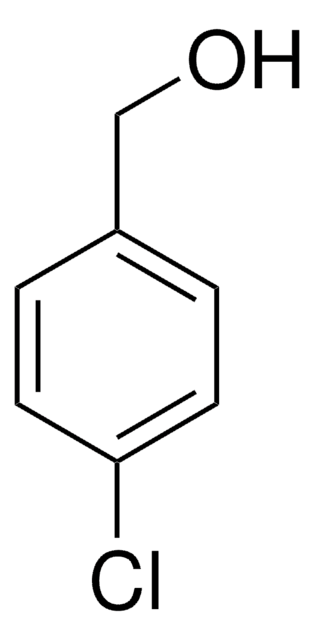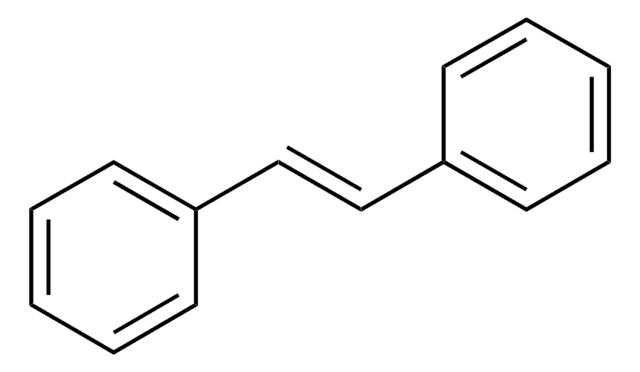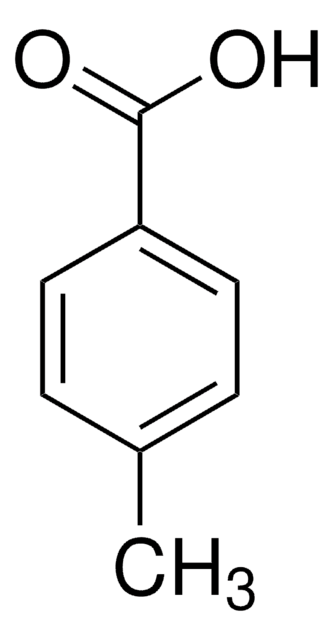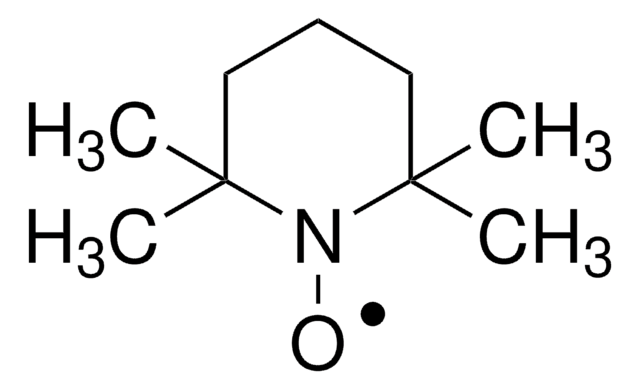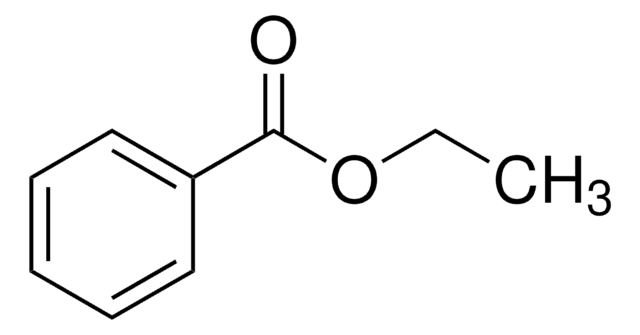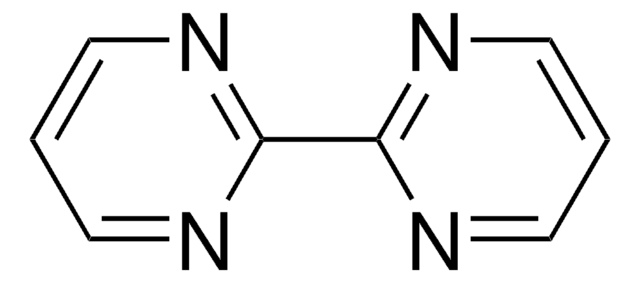127809
4-Methylbenzyl alcohol
98%
Synonym(s):
(4-Methylphenyl)methanol, (4-Tolyl)methanol, 4-Methylbenzenemethanol, p-Methylbenzyl alcohol, p-Tolualcohol, p-Tolylcarbinol, p-Tolylmethanol
About This Item
Recommended Products
Quality Level
assay
98%
bp
217 °C (lit.)
mp
59-61 °C (lit.)
SMILES string
Cc1ccc(CO)cc1
InChI
1S/C8H10O/c1-7-2-4-8(6-9)5-3-7/h2-5,9H,6H2,1H3
InChI key
KMTDMTZBNYGUNX-UHFFFAOYSA-N
General description
Application
signalword
Warning
hcodes
Hazard Classifications
Eye Irrit. 2
Storage Class
11 - Combustible Solids
wgk_germany
WGK 2
flash_point_f
Not applicable
flash_point_c
Not applicable
ppe
dust mask type N95 (US), Eyeshields, Faceshields, Gloves, type P3 (EN 143) respirator cartridges
Choose from one of the most recent versions:
Already Own This Product?
Find documentation for the products that you have recently purchased in the Document Library.
Customers Also Viewed
Our team of scientists has experience in all areas of research including Life Science, Material Science, Chemical Synthesis, Chromatography, Analytical and many others.
Contact Technical Service
